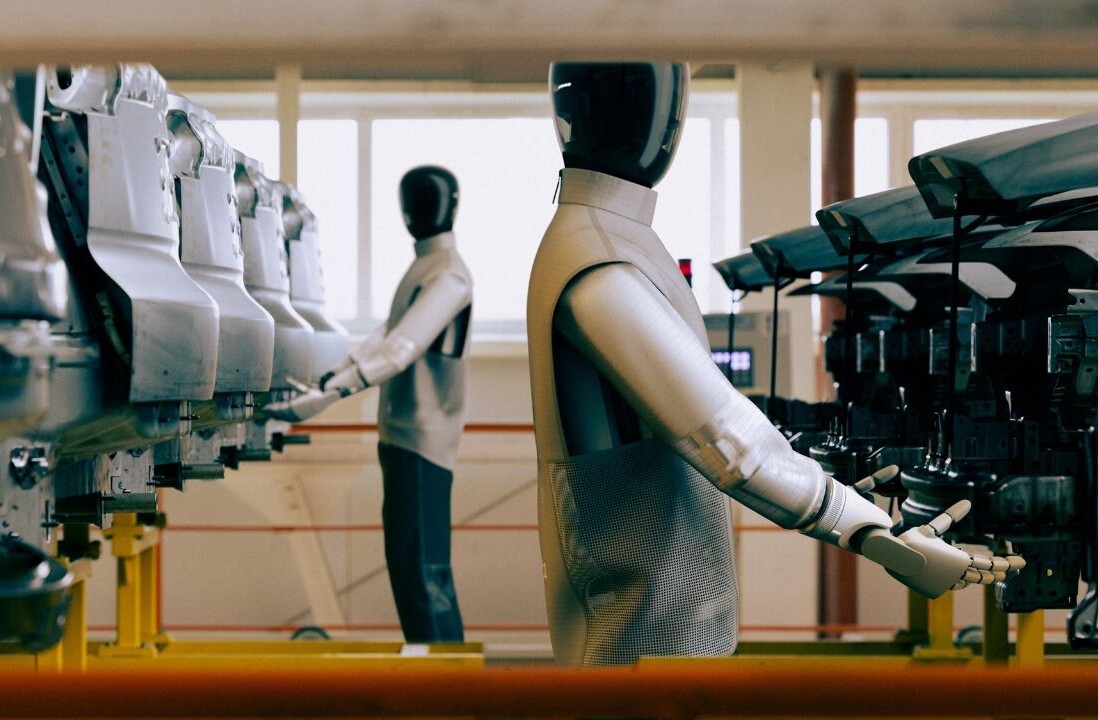A new AI device can identify babies at risk of going blind by analyzing images of their eyes.
The system could help save the vision of babies born prematurely, who are particularly at risk of damage to their retinas, as the fragile vessels in their eyes can leak and grow abnormally. If this worsens, the retina can detach and cause loss of vision.
The National Eye Institute-funded study focused on a particularly dangerous form of this condition: aggressive posterior retinopathy of prematurity (AP-ROP).
This disease is difficult to detect as the symptoms can be very subtle. Clinicians try to find it by looking at images of an eyeball’s interior lining — known as the fundus — but their diagnoses often differ.
“Even the most highly experienced evaluators have been known to disagree about whether fundus images indicate AP-ROP,” said J. Peter Campbell, the study’s lead investigator.
His research team suspected AI could do a better job.
How the system works
A previous study had already shown that deep learning could more accurately detect retinal damage than humans. But that system didn’t focus on AP-ROP — the most severe form of the condition.
The National Eye Institute study decided to investigate whether a similar approach would work with AP-ROP.
To do this, they tracked the development of 947 newborn babies over time, while the AI and human experts analyzed thousands of fundus images for signs of disease. The babies’ demographic data, comorbidities, and age since conception were all evaluated. Any correlations could suggest what causes the condition.
The babies’ demographic data, comorbidities, and age since conception were all evaluated. Any correlations could suggest what causes the condition.
[Read: MIT algorithm discovers antibiotic that can fight drug-resistant diseases]
The system was able to quantify specific symptoms of AP-ROP, such as the dilation and twists of the retinal vessels.
The results also created a quantifiable profile of AP-ROP patients. The infants who developed the condition were born lighter and younger than those that did not, and none of the babies born after 26 weeks developed the disease.
The researchers believe this will help identify at-risk babies more quickly, while also providing data that can improve understanding of AP-ROP.
And it may not be too long until the system is saving the vision of babies — the Food and Drug Administration is fast-tracking the device for approval.
Get the TNW newsletter
Get the most important tech news in your inbox each week.






